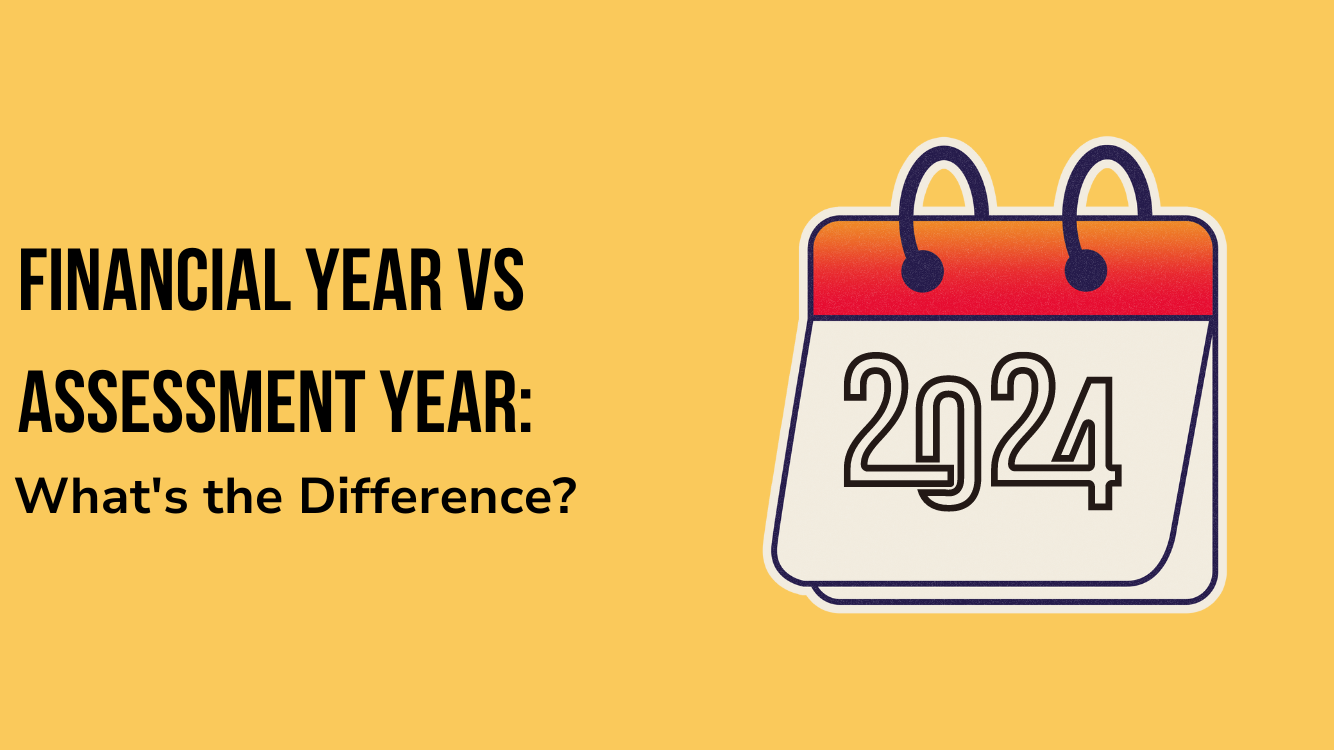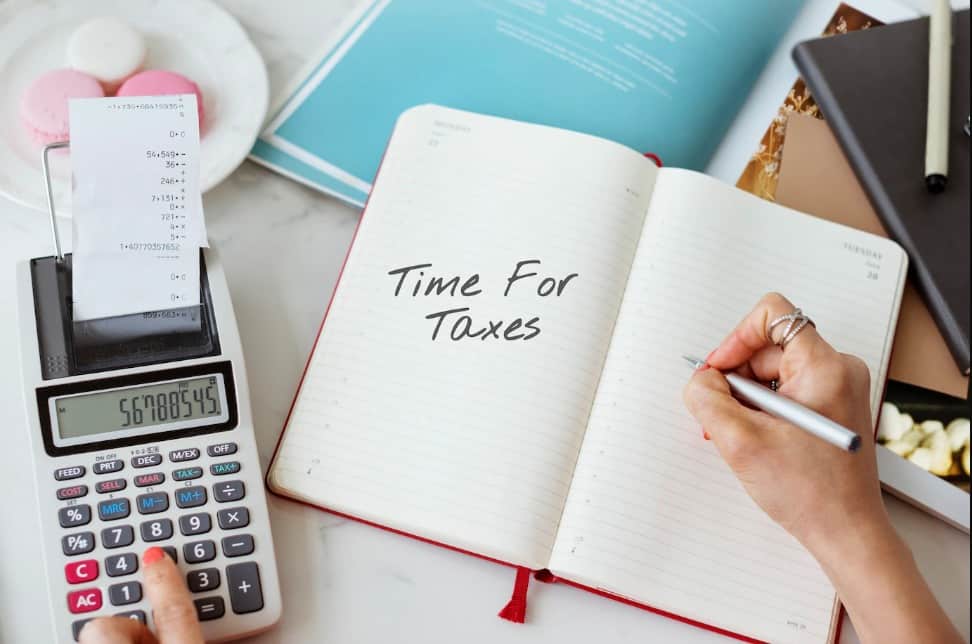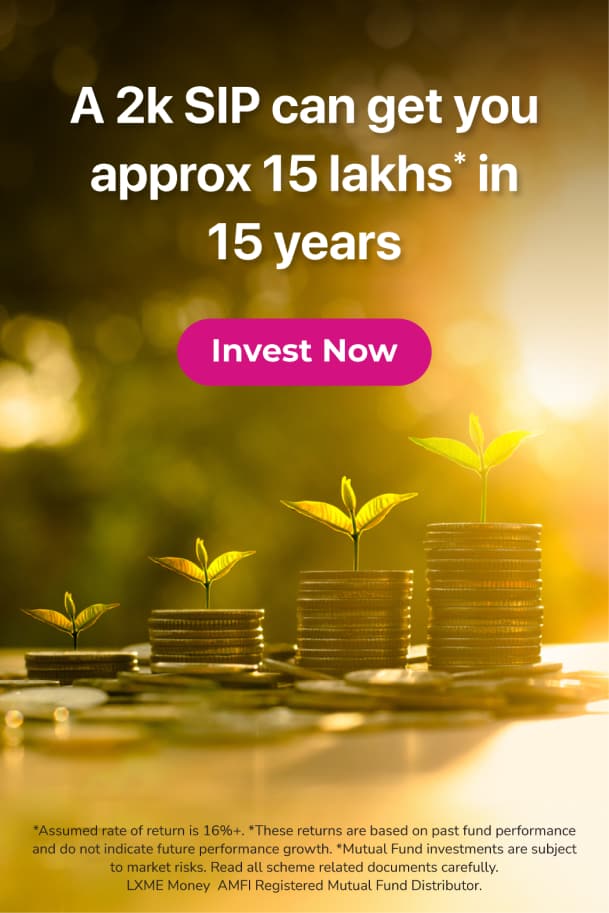Do you also struggle while saving tax?
Don’t just save taxes; be smart and create wealth as well.
But, are you wondering how you would save taxes and also create wealth?
Let’s talk about how smartly you can step out of this struggle. When tax filing season approaches, you look for different ways to save taxes while also earning some returns. You must have come across something called ELSS while doing so.
Here’s all you need to know about ELSS, a tax-advantaged investment that also allows you to grow your money.
What is ELSS?
Equity Linked Saving Scheme (ELSS) is an equity mutual fund, it invests in equity-related instruments.
Key Factors –
- ELSS invests a minimum of 80% in equity and equity-related instruments.
- It comes with a lock-in period of 3 years. It means up to 3 years you cannot sell off or liquidate your investments.
- You can invest in ELSS through the SIP (regularly) or the Lumpsum (one-time) method. When you invest through SIP, you invest east SIP for 3 years, whereas when you invest in a lump sum, you would do so all at once.
Tax Benefits from ELSS
1. Tax benefit on investment: When you invest in ELSS you can get a tax deduction of up to ₹ 1,50,000 from your total taxable income under Section 80C of the Income Tax Act. This tax deduction is the total of the deduction allowed under Section 80C which includes the amount invested in the PPF Account, ELSS, NSC, Senior Citizens Saving Scheme, etc.
For example, Tia works in MNC co. after considering all her income, ₹8,00,000 is the income on which she has to pay tax as per slab rates. But if she would have made ELSS investment up to ₹ 1,50,000 then she need to pay tax only on 6,50,000 (8,00,000 – 1,50,000).
2. Tax benefit on sale: When equity investments are held for more than 1 year they are considered long-term investments. When you sell off ELSS after 3 years you can avail of tax exemption up to ₹ 1,00,000 under long-term capital gain and above 1 lakh taxed at a flat 10%.
Let’s take an example:-
| Particular | ₹ |
| Selling ELSS | 3,00,000 |
| (-) Purchased | (1,50,000) |
| Long term Capital Gain | 1,50,000 |
| (-) Exempt | (1,00,000) |
| Tax payable on | 50,000 |
So you need to pay a flat 10% on ₹ 50,000 Only.
Hence, when you invest in ELSS you get tax benefits on purchase as well as the sale of ELSS funds.
Other Benefits
- Equity investments help in beating inflation in the long run. Here, inflation means an increase in the cost of goods services over a period of time. As a result, as inflation rises, the value of your investments must also rise to cope with the same.
- ELSS is considered a well-diversified equity mutual fund as fund managers invest in a different manner and across different market capitalizations like small-cap, mid-cap, and large-cap.
Comparing ELS with other popular Tax-saving options
| Particular | ELSS (LXME – Tax Saving Plan) | Tax Saving FD | National Saving Certificate | Public Provident Fund | National Pension Scheme |
| Lock-in period | 3 years | 5 years | 5 years | 15 years (Premature withdrawal allowed from 7th year) | After the age of 60 |
| Return | 16%* | 6-7% | 6.8%*** | 7.01%*** | 8-10%** |
| Tax on Return | Taxed at 10% on LTCG above 1 lacs | Taxable | Taxable | Return are exempt from tax | Partially Taxable |
LXME – Tax Saving Plan
LXME’s Tax Saving plan is an expert-backed portfolio of a mutual fund, which further diversifies risk and is monitored by experts. Invest to save for tax and create wealth by targeting a return of 16%*.
Start here: My Money Tab
So don’t just limit yourself to the most popular or traditional tax-saving options.
Did you know?
By investing ₹1.5 lakh in a financial year in an ELSS, an individual taxpayer in the highest tax bracket can save a tax of ₹46,800 (inclusive of cess at 4%).
“Spend less than you make; always be saving something. Put it into a tax-deferred account. Over time, it will begin to amount to something. This is such a no-brainer.” — Charlie Munger
*Returns are calculated in mutual funds as per past performance and are subject to market risk.
** Return on NPS differs from asset allocation and market risk.
*** Return mentioned for NSC is the current interest rate and is revised by the government every quarter.
*** Return mentioned for PPF is the current interest rate and is revised by RBI every quarter.
Similar blog you may also like to read – ELSS vs PPF
New Investor? Request a Callback.
Fill in your details and we will guide you at every step
other blogs

Career Tax May 28, 2024
Financial Year vs Assessment Year: What’s the Difference?
A common confusion among women is the difference between Financial year vs Assessment year. While it may be easy to get confused between the two, there are some very important differences between the terms. As a woman, it is imperative to understand the difference between Assessment year vs Financial year so that no errors are … Financial Year vs Assessment Year: What’s the Difference?

Mutual Funds Tax February 19, 2024
Tax Planning Strategies for Mutual Fund Investors
Investing in Mutual Funds can be very exciting. In the process of investing for your goals and watching your money grow, it is common for women to forget about a crucial aspect of investing i.e., Tax Planning. This blog will provide some insight on taxation on mutual funds and how to save tax on mutual … Tax Planning Strategies for Mutual Fund Investors

Career Tax January 19, 2024
ELSS vs PPF: Choosing the Best Investment for Tax Savings
When it comes to tax-saving investments, understanding the choices is key. In this comprehensive guide, we delve into the world of “ELSS vs PPF,” helping you make well-informed financial decisions. Equity Linked Savings Schemes (ELSS) and Public Provident Fund (PPF) are both popular options, but which one suits your needs better? Join us as we … ELSS vs PPF: Choosing the Best Investment for Tax Savings









